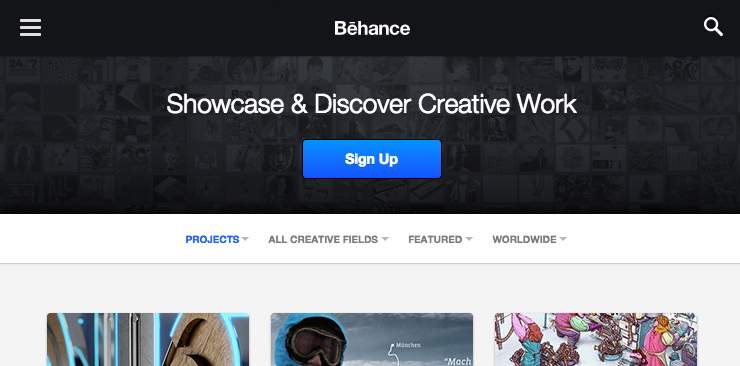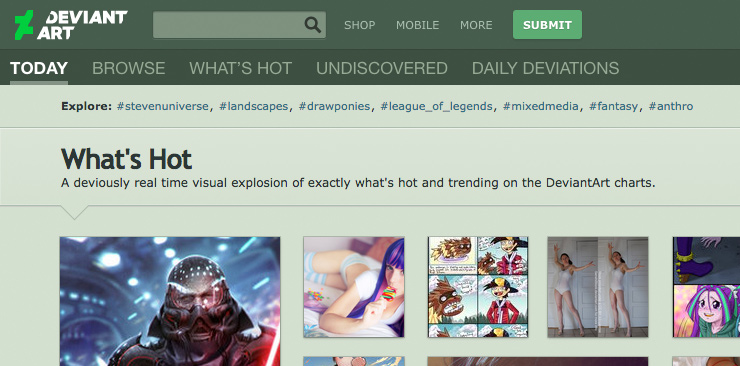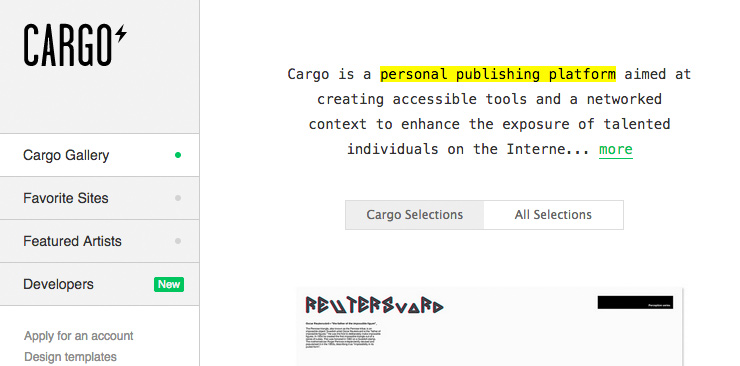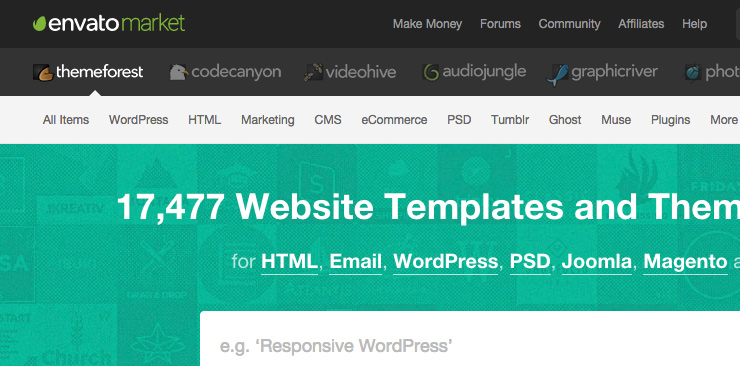Sooner or later there comes a time when a designer needs to share his or her work with the world. This can be done in different ways, such as using a special service, or create your own website. Both options have pros and cons. Let’s look at them in detail and try to choose the best.

But before we get started, try to ask yourself one simple question: “Why do I need my portfolio at all? The answer will help you decide once and for all where to put it.
For Show
If job hunting is not your main priority, then the answer is exactly that. Oddly enough, many designers don’t make portfolios for the job search or to improve their social standing, but for other designers. It’s important to them to get a portion of rave reviews from their colleagues. It’s a pointless thing, if you think about it.
In that case, a great solution would be to post your work on a specialized resource. Believe me, the number of employers looking for employees on sites like Behance tends to zero. At least in our country. The HR simply does not have time for this. So if you’re still determined to find a job as quickly as possible, you might want to consider other, less time-consuming options.
If not, here is a list of excellent resources where you can post your work for free:
Behance

Deviantart

Cargocollective

To build your own brand
If you want to create a brand, you should look at your own website. But be prepared, you’re going to have a lot of hassle. You will need not only a minimum knowledge of HTML/CSS/JS, but also a huge amount of free time to create a website. This option is also poorly suited for a quick job search.
Here’s a little story. Not so long ago I “quit my job” and had to do some portfolio development. It did not occur to me better than to make my own website. But that was a big mistake. The rendering and layout added a whole month of unbridled fun to my life. In the end, after 28 days :), I had to put the work aside midway and look for a faster way to showcase my work.
On the other hand, you can use templates that are already pre-made. At one time, I somehow did not think to do so. This method will greatly reduce time costs and, often, help to achieve a better result.
Here are a few resources where you can buy a good template:
Themeforest

The above methods are great if you have plenty of free time. But this is not always possible and often not necessary. So there is one more proven way – PDF.
For job hunting
A simple, quick, and effective way for you to present your work. Potential employers are not that stupid, and will still not appreciate your “cosmetic” talents. A portfolio is worth showing the logic of working on a project, not the tinsel of animation and dressing-up.
Besides, PDF is enough to find a job in absolutely any company, be it a small studio or a Google corporation. Then why pay more?
Here are 5 great tips for creating a competent portfolio in PDF:
- Add only the best works. You don’t need to cram everything into the PDF.
- Limit the number of slides per project. Two or three will be enough.
- Cosmetics in design is not the most important thing. And this is well understood by large employers. So properly constructed logical description – dramatically increases your chances of employment.
- Design beautifully, but without fanaticism. Do not waste a lot of time on what, anyway, no one will appreciate.
- Use Keynote 🙂
To sum it up
When you’re asking “Where to put your portfolio,” you’re asking only for practical reasons. If you have a lot of time at your disposal, you can draw cases till the shit happens. If the question of the work is quite acute, the PDF will really be your go-to place. Where do you post your work?
